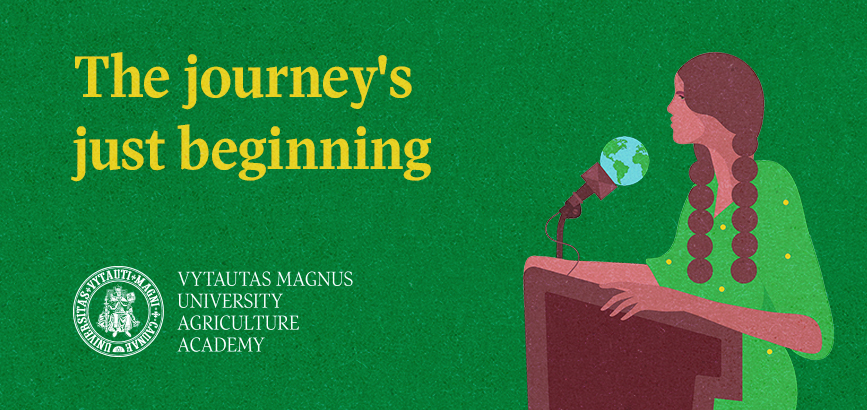Mission – to foster science-business cooperation, implement R&D projects creating innovations, and change the established practice-culture of intellectual property management in the institution.
Vision– to become a top-level centre for the commercialization of R&D results, transfer of knowledge and technology in the field of agriculture, rural development, and wildlife in the Baltic Sea Region.
Main activities:
- Development of innovative companies (business incubation, preparation of business plans, feasibility studies, innovation management);
- Technological partnerships (technology transfer, search for partners, technology marketing, etc.);
- Intellectual property management (evaluation of the patenting possibility, research and registration, negotiations, agreements, legal services, etc.).
- In parallel to these functions, CTTC provides other services as informing, training, consulting.
History in brief:
2011 – CTTC was created with aim to ensure development of innovative companies, technological partnerships and intellectual property management at VMU AA;
2012 – Lithuanian agriculture, Rural development and Nature R&D results commercialization, technology transfer development feasibility study (Study) was prepared with the aim to evaluate the potential of the sector to commercialise R&D results. In the Study a plan for the improvement of commercialization activity of the sector’s R&D results was outlined covering: a policy of commercialization activities, strategic goals, strategy implementation measures, internal regulation, motivational mechanism for promotion of commercialization, know-how and technology transfer, financial plan, key performance indicators, activity monitoring mechanisms and ect.
2015 – Business incubator opened as CTTC part. Infrastrucure od CTTC and business incubator was created implementing project “Building of an integrated Science, studies and business centre (Valley) Nemunas. Stage II: Formation of the infrastructure and facilities” (project code No VP2-1.4-ŪM-04-V-01-002) according Economic Growth Operational Programme (VP2) 1st priority “Scientific research and technological development for improving competitiveness of economy and economic growth” measure “Inogeb LT-2” VP2-1.4-ŪM-04-V.
2018 – Strengthening human resources development, competences and activities of CTTC. For active and effective use of created infrastructure, dissemination of scientific knowledge, commercialization of R&D results, transfer of technologies, and active implementation of innovations in practice, during period of 2018-2020 SU is implementing project “Promotion of Activities of the Communication and Technology Transfer Centre” funded by the Ministry of Education and Sciences (01.2.2-CPVA-K-703 “Promotion of Activities of Competence Centres and Innovation and Technology Transfer Centres”). Goal of the project is to strengthen and develop activities of the CTTC seeking to create financial benefit for the creators of intellectual property and innovative business. The implementation of the project will strengthen cooperation between business and science creating financial benefit, ensure the management of an innovation creation process at the institution and effective use of OAC resources. Upon implementing the project:
- a uniform complex for dissemination of knowledge, creation of innovations, transfer of technologies compliant with requirements set for traditional valleys, transfer of research and technologies will be established; a joint services team will be formed at the CTTC, a contact database will be created – a SMART network of agro-innovations;
- the financial value of ASU contracts with business companies will increase 20 percent annually; additional activity partners will be attracted; use of OAC resources will be enhanced; as a result, costs associated with renewal and maintenance R&D equipment will be reduced;
- abilities and competences of university scholars, researchers, and students/post-graduate students will be improved in ensuring the commercialization of R&D results, transfer of knowledge and technologies. The number of persons who have improved their competences will be at least 60.
- higher quality of scientific research and education will be achieved, as students, lecturers, and scholars (researchers) will participate in the process of investment attraction and this will ensure the sustainability of the investment attraction process upon completion of the project.












